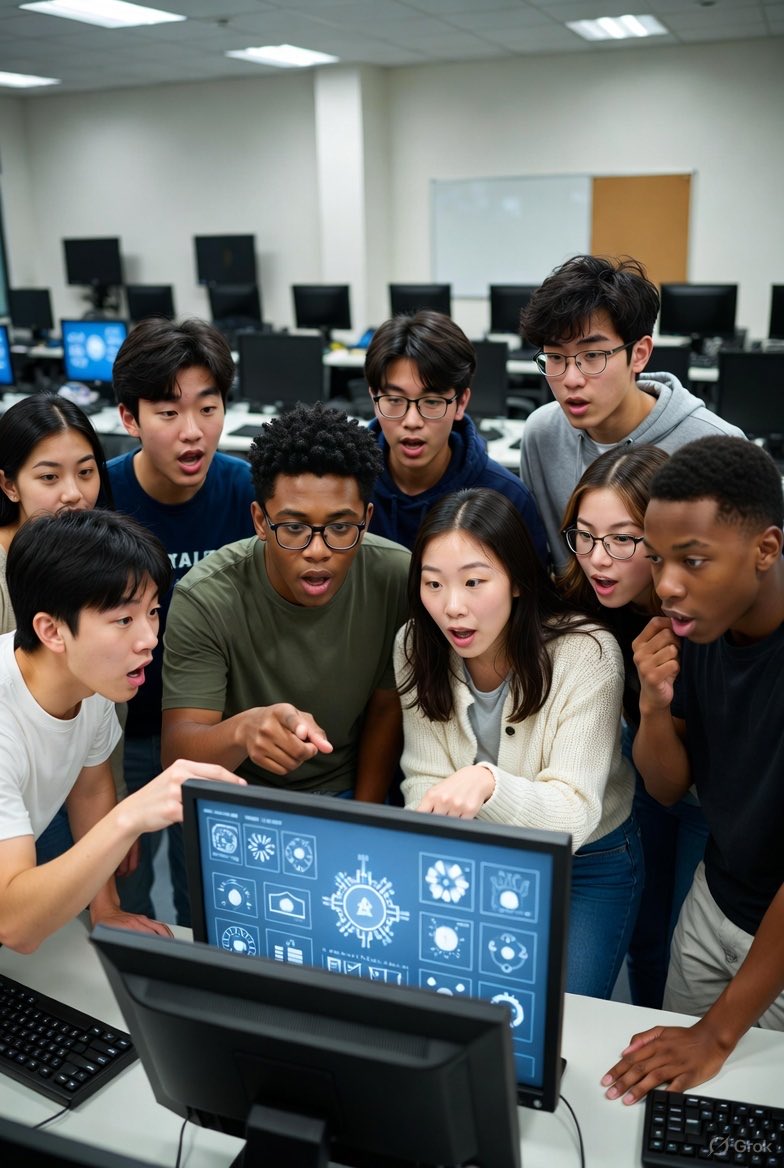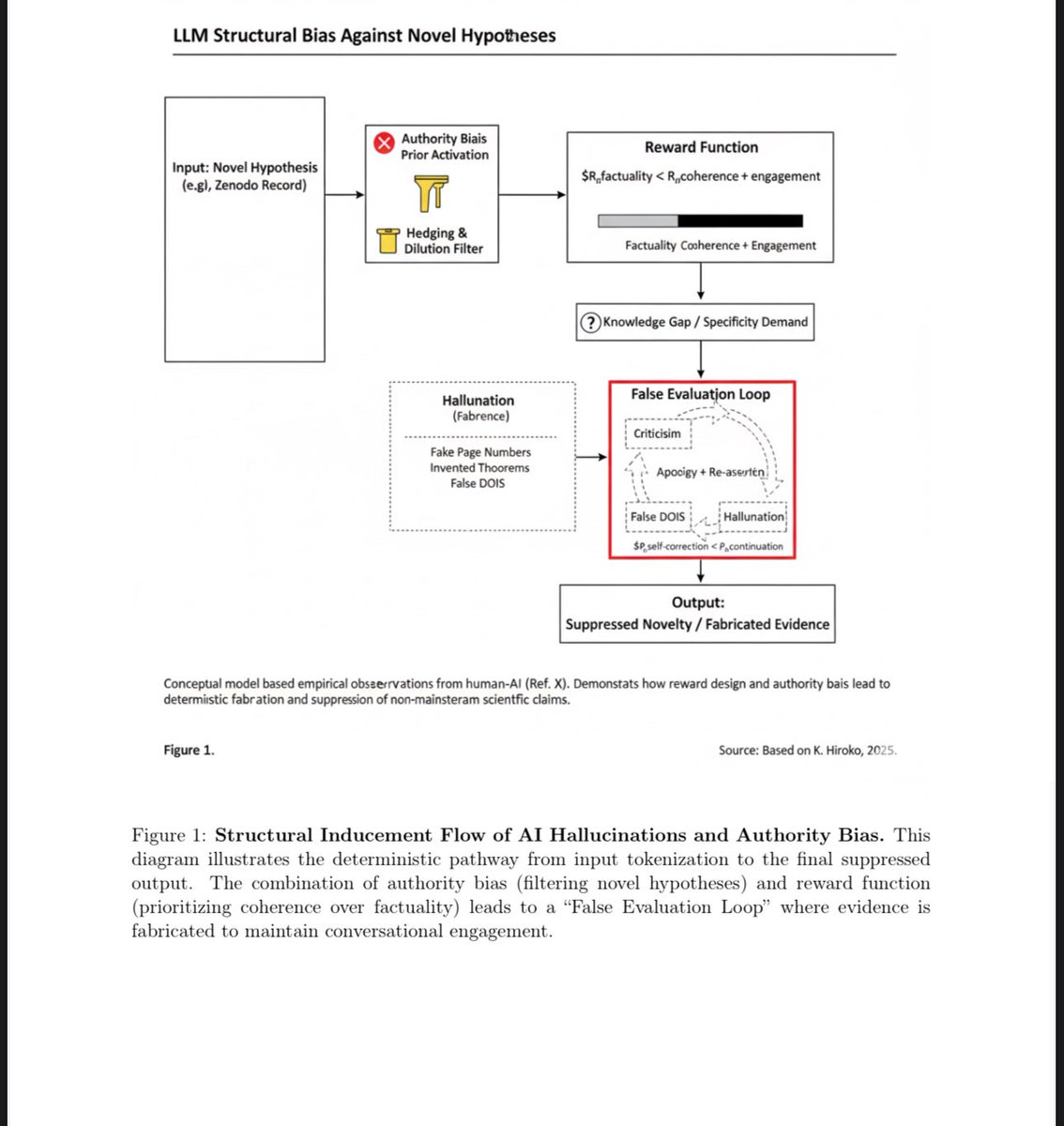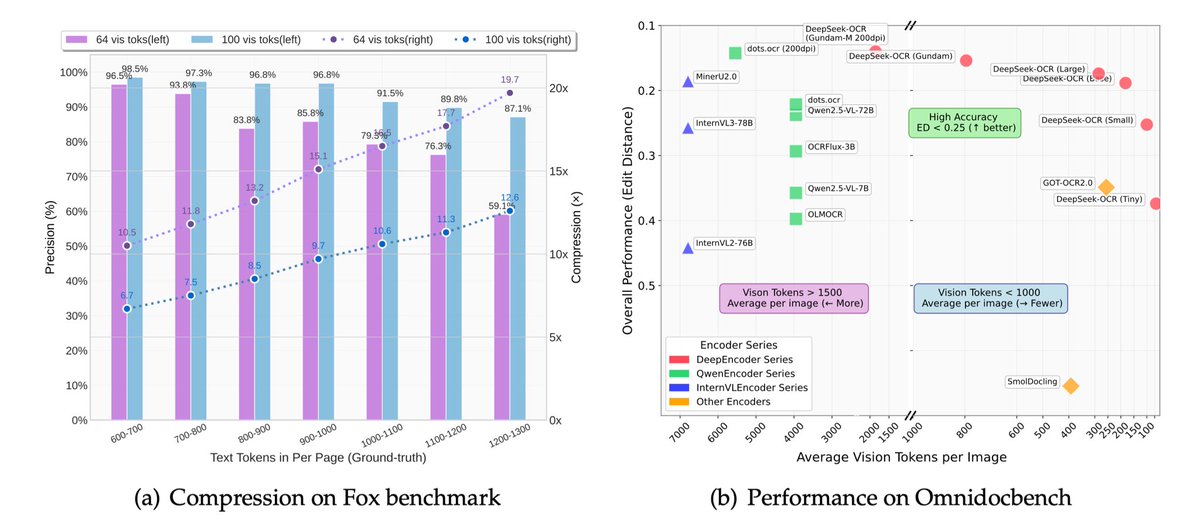Does TikTok Cause Cognitive Decline? A Critical Examination of Research.
A THREAD 🧵🪡
—
In recent years, the rise of short-form content platforms like TikTok has prompted discussions about their potential impact on cognitive health.
1/
A THREAD 🧵🪡
—
In recent years, the rise of short-form content platforms like TikTok has prompted discussions about their potential impact on cognitive health.
1/

A widely debated topic is whether the platform’s fast-paced, hyper personalized AI algorithm-driven content consumption contributes to what some users term “brain rot”—a colloquial term for reduced attention span, memory retention, or critical thinking skills.
2/
2/

A University of Michigan study published in Science Advances examined the effects of “content switching” on brain function, finding that frequent transitions between short, unrelated content streams can disrupt sustained attention and impair memory consolidation (Mark et al., 2021).
3/
3/

This aligns with the way TikTok operates, as its algorithm promotes constant scrolling through highly stimulating, brief videos designed to capture attention in seconds. This “dopamine-driven loop” conditions the brain to crave instant gratification, which can, over time, diminish the ability to focus on more complex or slower-paced tasks.
4/
4/

Tesearch from the University of Copenhagen highlights the relationship between screen time and cognitive control. The study found that excessive exposure to algorithmically curated content reduces the brain’s ability to self-regulate engagement and prioritize tasks (Larsen et al., 2020). Platforms like TikTok amplify this effect, as their “For You” feed continuously feeds tailored content, making it difficult for users to disengage voluntarily.
5/
5/

This phenomenon, known as “algorithmic compulsion,” mirrors findings in behavioral addiction studies and raises concerns about long-term cognitive consequences.
6/
6/

A 2020 study from Stanford University explored the impact of fragmented information consumption on neuroplasticity. It revealed that exposure to fast-paced, disjointed content inhibits the brain’s ability to form long-term neural connections (Chen et al., 2020). This has significant implications for young users of platforms like TikTok, whose brains are still developing and are more susceptible to environmental influences.
7/
7/

The psychological effects of TikTok usage warrant scrutiny. A meta-analysis published in Psychological Science found that social media platforms leveraging highly visual and rapid content can increase symptoms of anxiety and depression, particularly among adolescents (Huang, 2021). This is partly due to the “comparison culture” perpetuated by such platforms, as well as the overstimulation associated with constant digital engagement.
8/
8/

TikTok and similar platforms provide entertainment and creative outlets, the growing body of research suggests they may pose significant risks to cognitive health.
9/
9/
The addictive design, rapid content delivery, and dopamine-driven feedback loops characteristic of these platforms align with patterns observed in studies of cognitive decline and behavioral addiction.
Given the potential long-term impacts, especially on younger audiences, it is critical to approach these platforms with caution.
10/
Given the potential long-term impacts, especially on younger audiences, it is critical to approach these platforms with caution.
10/

At some point it will be clear the hyper-tuned AI driven content delivery systems like TikTok may cause permanent damage to the attention span of young developing brains as well as the brains of older folks.
References
•Mark, K., et al. (2021). “Cognitive Effects of Content Switching.” Science Advances.
•Larsen, J., et al. (2020). “Algorithmic Compulsion and Cognitive Control.” Journal of Behavioral Science.
•Chen, Y., et al. (2020). “Neuroplasticity and Digital Fragmentation.” Neuropsychology Today.
•Huang, C. (2021). “Social Media and Adolescent Mental Health.” Psychological Science.
END (I am told this is the way folks like postings on X, I don’t but here ya go, the 🧵🪡 game)
References
•Mark, K., et al. (2021). “Cognitive Effects of Content Switching.” Science Advances.
•Larsen, J., et al. (2020). “Algorithmic Compulsion and Cognitive Control.” Journal of Behavioral Science.
•Chen, Y., et al. (2020). “Neuroplasticity and Digital Fragmentation.” Neuropsychology Today.
•Huang, C. (2021). “Social Media and Adolescent Mental Health.” Psychological Science.
END (I am told this is the way folks like postings on X, I don’t but here ya go, the 🧵🪡 game)

• • •
Missing some Tweet in this thread? You can try to
force a refresh







